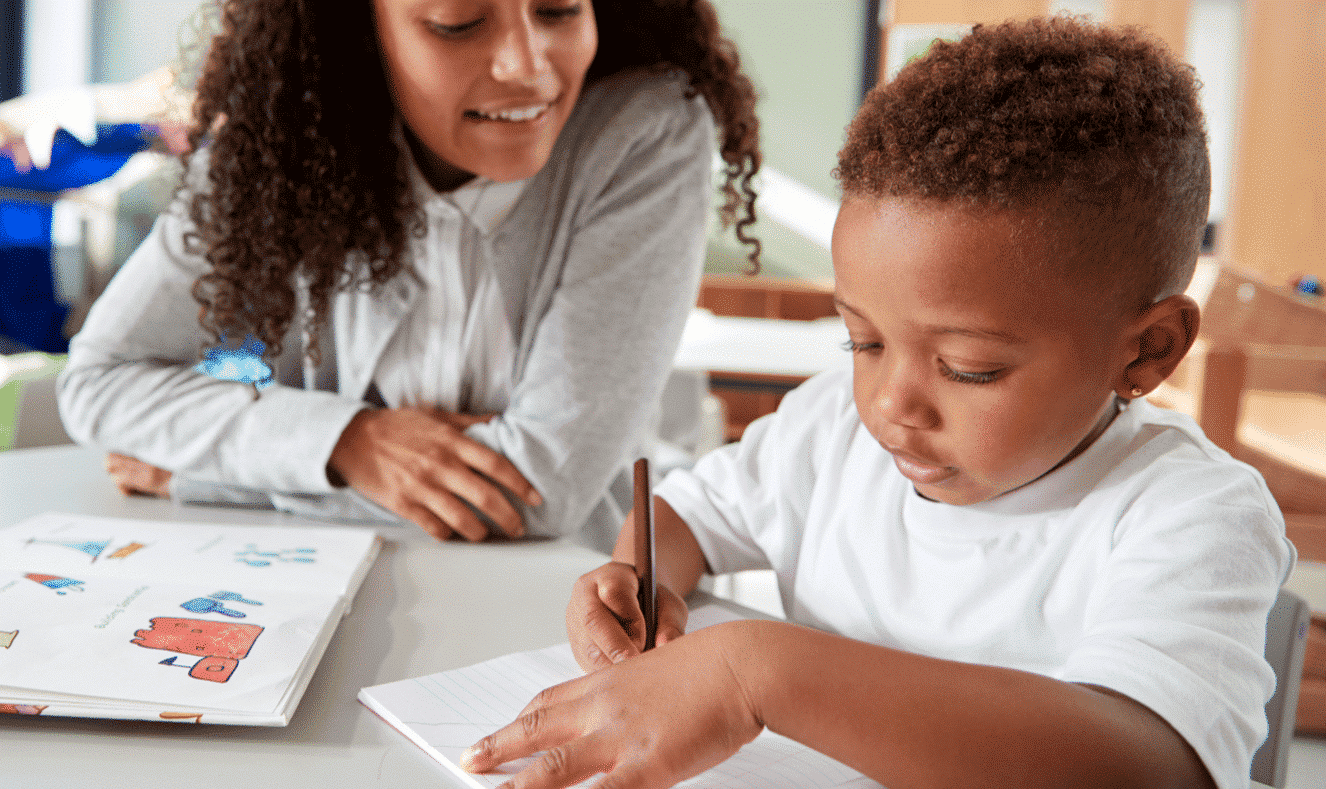As the school day winds down, many parents find themselves grappling with the question of how to keep their elementary-aged children engaged and learning outside of the classroom. Fortunately, there is a wealth of after school learning activities that can not only supplement their education but also foster a love for learning and exploration.
From hands-on experiments to creative pursuits, these enriching activities can help young minds grow and thrive. In this comprehensive guide, we’ll delve into some of the best after school learning activities for elementary students, complete with tips, resources, and engaging ways to make learning a fun and rewarding experience.
1. Science Experiments and STEM Activities
Science and STEM (Science, Technology, Engineering, and Math) activities are fantastic after school learning activities for elementary students. They not only reinforce concepts learned in the classroom but also foster critical thinking, problem-solving, and an appreciation for the world around us.
Hands-on Experiments: Simple experiments with everyday materials can spark curiosity and teach scientific principles in a fun and engaging way. For instance, you can explore buoyancy by testing which objects float or sink, or learn about chemical reactions by making homemade playdough or slime.
Engineering Challenges: Encourage your child to think like an engineer by presenting them with challenges that require them to design, build, and test solutions. For example, they could construct a bridge using popsicle sticks and test its strength, or create a marble run using cardboard tubes and other recycled materials.
Coding and Programming: Introduce your child to the world of coding and programming through age-appropriate apps, games, and toys. This not only fosters logical thinking and problem-solving skills but also prepares them for future careers in technology.
Read Also: Engaging STEM Activities for Elementary Students
2. Arts and Crafts
Creative pursuits like arts and crafts not only allow children to express themselves but also promote fine motor skills, hand-eye coordination, and visual-spatial awareness.
Drawing and Painting: Provide your child with various art supplies like crayons, markers, paints, and sketchbooks, and encourage them to create their own masterpieces. You can also introduce them to different techniques, such as watercolor painting, chalk pastels, or even finger painting for younger kids.
Sculpture and Modeling: Let your child explore the world of 3D art by working with clay, playdough, or even recyclable materials like cardboard and plastic bottles. They can create sculptures, models of their favorite animals, or even replicas of famous landmarks.
Origami and Paper Crafts: Folding and cutting paper to create intricate designs and shapes is not only fun but also helps develop fine motor skills and spatial awareness. Start with simple origami shapes and progress to more complex designs as your child’s skills improve.
Read Also: Creative Arts and Crafts Projects for Kids
3. Reading and Writing Activities

Fostering a love for reading and writing at an early age is crucial for academic success and personal growth.
Reading Clubs or Book Discussions: Encourage your child to read books and participate in book discussions or reading clubs, either with family members or classmates. This promotes comprehension, critical thinking, and a deeper appreciation for literature.
Creative Writing: Provide your child with writing prompts, journals, or storybooks to encourage them to explore their creativity through writing. You can also introduce them to different writing styles, such as poetry, short stories, or even playwriting.
Word Games and Puzzles: Engage your child in word games, crossword puzzles, or other language-based activities to improve their vocabulary, spelling, and problem-solving abilities.
4. Outdoor Activities and Nature Exploration
Spending time outdoors not only promotes physical activity but also provides opportunities for learning about the natural world.
Nature Walks and Scavenger Hunts: Take your child on nature walks and encourage them to observe and identify different plants, animals, and natural features. You can also create scavenger hunts, where they search for specific items or phenomena, such as leaves of different shapes or animal tracks.
Gardening and Planting: Involve your child in gardening activities, whether it’s starting a small vegetable patch, planting flowers, or caring for potted plants. This teaches them about plant life cycles, responsibility, and the importance of nurturing living things.
Outdoor Games and Sports: Encourage your child to participate in outdoor games and sports, such as tag, hopscotch, or even simple team sports like soccer or basketball. These activities not only promote physical fitness but also teach teamwork, sportsmanship, and cooperation.
Read Also: Outdoor Adventures for Kids: Exploring Nature and Beyond
5. Educational Games and Puzzles
Games and puzzles can be both entertaining and educational, making them excellent after school learning activities for elementary students.
Board Games and Card Games: Classic board games like chess, checkers, and even modern strategy games can help develop critical thinking, problem-solving, and strategic planning skills. Card games, like Go Fish or Memory, can also improve memory and concentration.
Puzzles and Brain Teasers: Jigsaw puzzles, Rubik’s cubes, and other brain teasers challenge your child’s spatial reasoning and problem-solving abilities, promoting cognitive development in a fun and engaging way.
Educational Apps and Online Games: Many educational apps and online games are designed to make learning fun and interactive. Look for age-appropriate options that focus on subjects like math, reading, science, or even coding.
Read Also: Brain-Boosting Games and Puzzles for Kids
By incorporating these after school learning activities for elementary students, you can help foster a love for learning, promote skill development, and create lasting memories with your child. Remember to tailor the activities to your child’s interests and abilities, and don’t hesitate to get creative and try new things. Learning can be a fun and rewarding journey when approached with enthusiasm and a spirit of exploration.
Comparison Table: After School Learning Activities for Elementary Students
To help you choose the most suitable activities for your child, we’ve compiled a comparison table highlighting the key benefits and considerations of different after school learning activities:
| Activity Type | Key Benefits | Considerations |
|---|---|---|
| Science Experiments and STEM | Fosters critical thinking, problem-solving, and scientific curiosity | May require supervision and safety precautions for certain experiments |
| Arts and Crafts | Promotes creativity, fine motor skills, and self-expression | Can be messy, so a dedicated workspace may be needed |
| Reading and Writing | Improves literacy, comprehension, and communication skills | Encouraging consistent practice is important |
| Outdoor Activities and Nature Exploration | Promotes physical activity, environmental awareness, and appreciation for nature | Weather conditions and access to outdoor spaces may be limiting factors |
| Educational Games and Puzzles | Develops cognitive abilities, strategic thinking, and problem-solving skills | Age-appropriate and engaging options should be chosen |
Remember, the best approach is often a balanced combination of different activities that cater to your child’s interests and learning styles.






